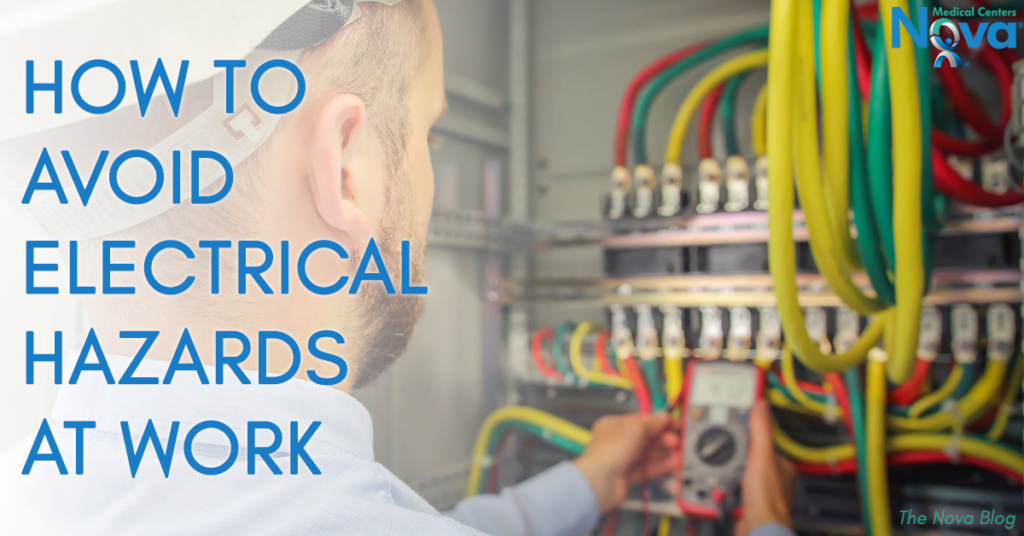
According to OSHA, electrical hazards are one of the more serious workplace threats that can expose employees to electric shock, electrocution burns, fires, and explosions. Each year there are about 1000 accidents reported to the Health and Safety Executive involving work-related electric shocks or burns. These hazards are usually caused by contact on or near equipment that is life, a lack of adequate precautions to work with, faulty equipment, or potentially flammable or explosive atmospheres.
Here are some safety tips to avoid electrical hazards:
- Make sure outdoor circuits, especially those by the water are protected by a Ground Fault Circuit Interrupter (GFCI) or a portable in-line GFCI
- Don’t use faulty or damaged wiring. Replace it immediately.
- Make sure employees are properly trained to handle equipment and perform the proper job procedures.
- Be aware of your surroundings and minimize potential hazards in your environment
- Wear protective clothing and safety equipment.
- Make sure tools are insulated in potential electrical hazard areas.
- Turn off all electrical appliances at the end of work
- Never use damaged equipment. Always replace it.
- Don’t overload extension cord outlets or plug extension cords into one another.
- Avoid contact with live circuits.
- Make sure breaker boxes are accessible and are not covered.
- Conduct monthly inspections of electrical equipment.
Electrical hazards can easily be avoided if the right precautions are put in place. Understanding the proper procedures to handle electrical equipment, clear hazardous areas, and consistently inspect and replace damaged equipment can reduce workplace electrical hazards. By utilizing these tips both employers and employees can take the extra steps to ensure to prevent electrical hazards and ensure safety in their workplace. You might also like to read: 4 Ways to Prevent Workplace Fires & Promote Safety and Working in Confined Spaces: What You Need to Know to Stay Safe



